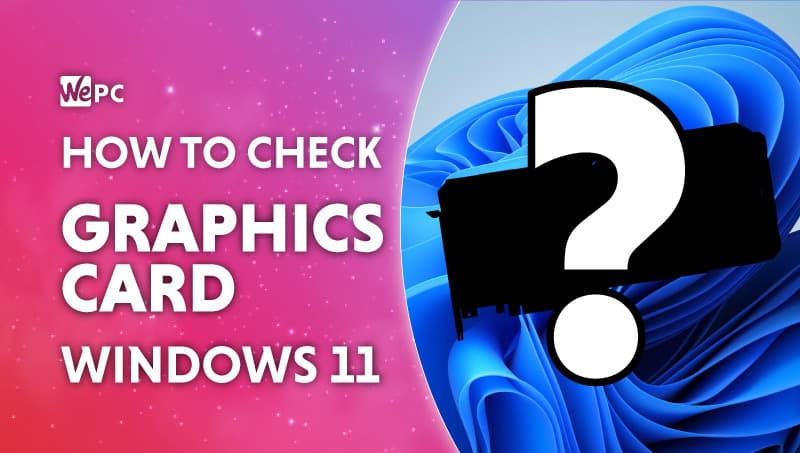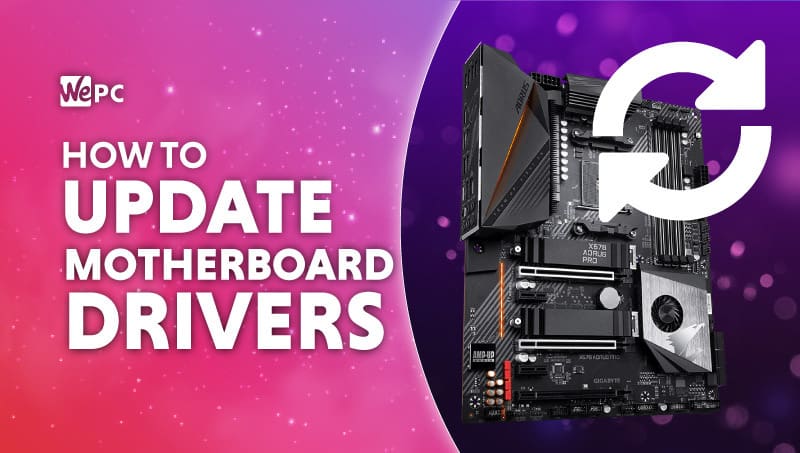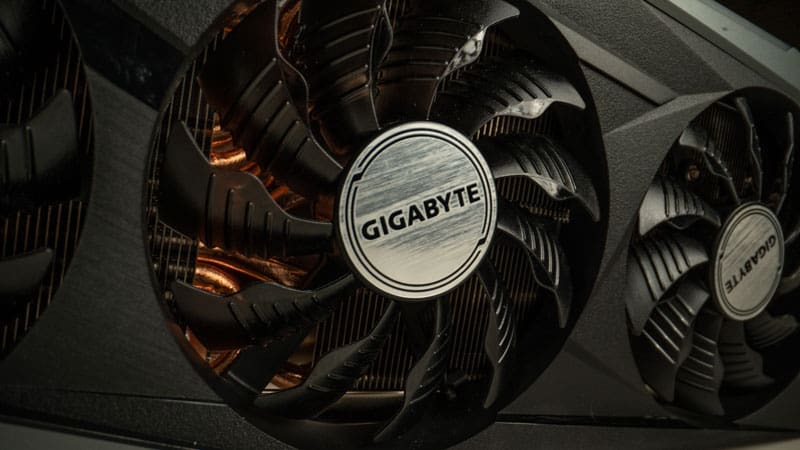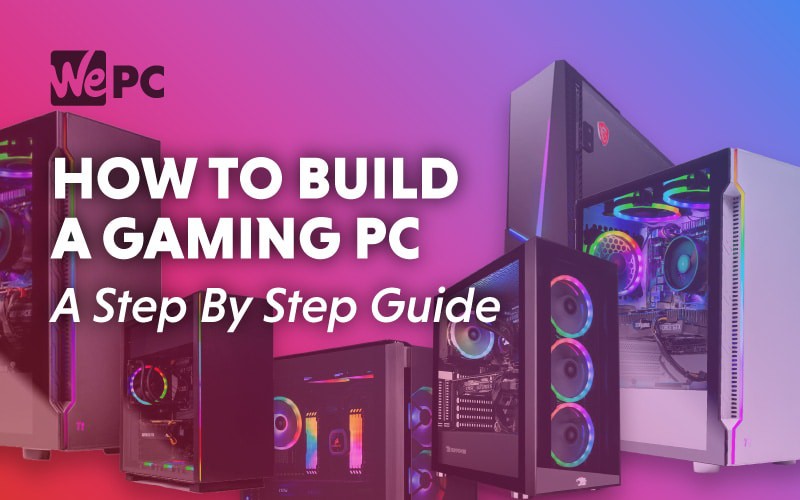After taking apart and tinkering with the home PC and other electronics, Seb went to study Mechanical Engineering at the University of Manchester to try and explore everything in parts. After he graduated he realised how different the adult world was and decided to pursue work in the tech industry after spending too much time playing games (mostly CS:GO), keeping up with everything tech, and being everyone's go-to for PCs.
WePC is reader-supported. When you buy through links on our site, we may earn an affiliate commission. Learn more
Last Updated:
Windows 11 brings a lot of new designs and features with it with that, you might find it harder to find what GPU you have. So we show you how to check graphics card Windows 11. If you don’t know what you’re running then it is useful to find out what you do in the case of wanting to update your graphics driver or making sure you do have your best graphics card installed properly. It is good to know so we take you through easy steps on how to check your GPU.
What GPU do I have?
We have gathered the best and easiest ways to check graphics card in Windows 11. So we have put them below to show you five easy ways.
1
Task manager
The simplest method to find what GPU you are running is through task manager itself. Useful for plenty of other resources as well task manager is an integral part of Windows.
Step
1
Open task manger
There’s plenty of ways to open task manager. The fastest way is by pressing Ctrl+Shift+Esc and that will bring up the application up directly. However if that doesn’t work you can also right click on the Windows logo to open it through that menu.
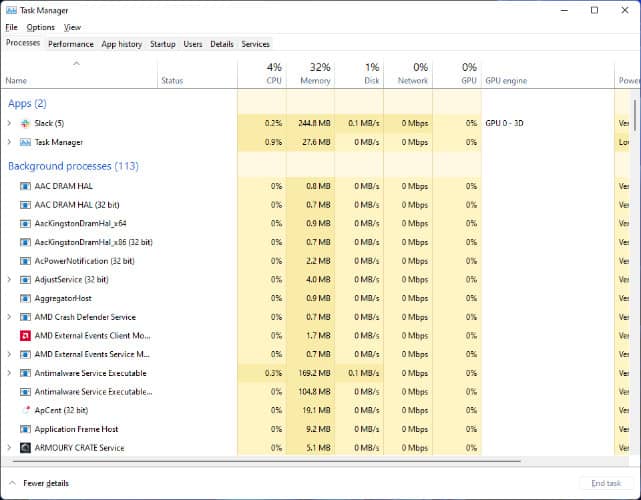
Step
2
Performance tab task manager
Once task manager is open, head to the performance tab at the top of the windows. There you can click through the GPU tab to see what graphics card you are using and how much of it is being used.
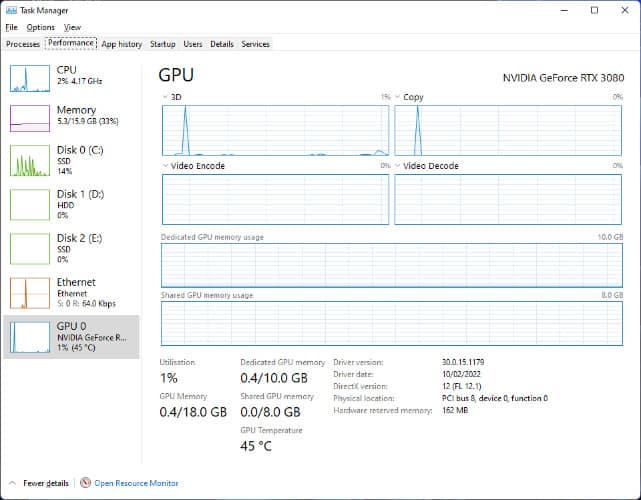
2
Device manager
Device manager is an app that lists everything connected to your computer. Here you can find plenty of information on your whole setup.
Step
1
Open device manager
To open device manager you can simply search through Windows for device manager and open it. Or by right clicking on the Windows logo to open a menu and select it though there.
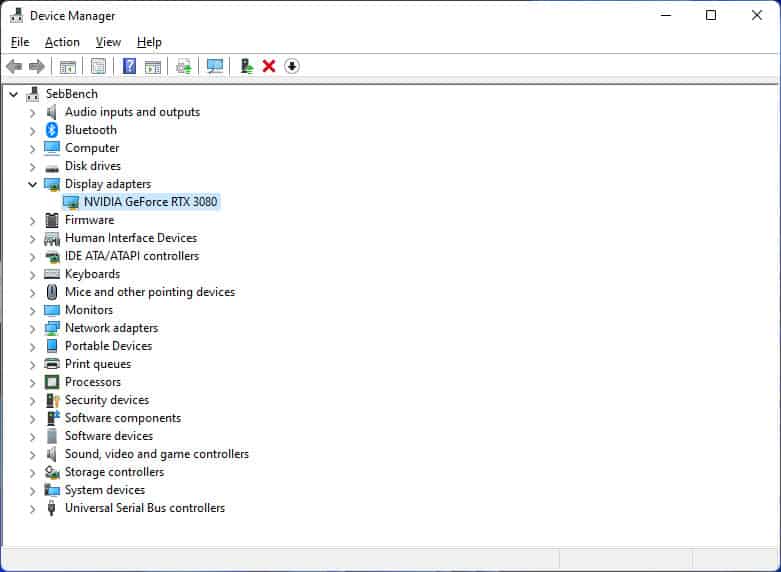
Step
2
Display adapter
Under display adapter you can find your GPU. Right clicking on it will open a menu and you can check out even more information on the adapter.
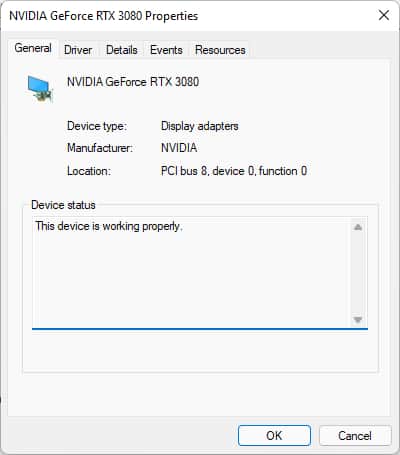
3
Use display settings
Display adapter lets youi cahange lots of settings but also tel you more information on the display adapter.
Step
1
Open display settings
There’s two main ways to open display settings, one of which is right clicking your desktop to open display settings. Or alternatively open settings and under system yoiu can find the display options.
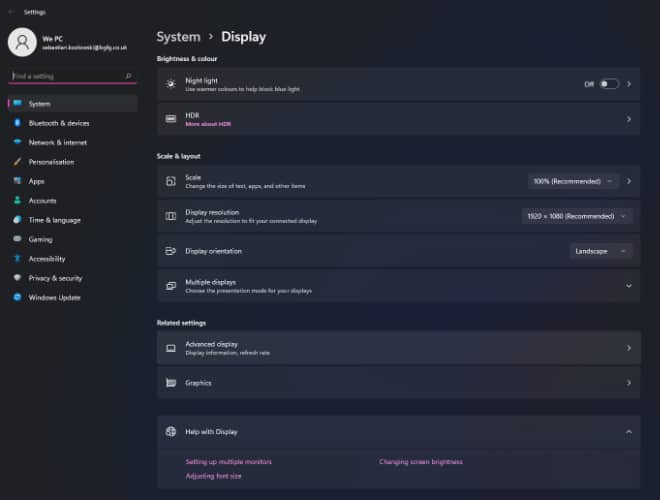
Step
2
Advanced display settings
Near the bottom of the settings page you can find advance settings, click through there to find your display information.
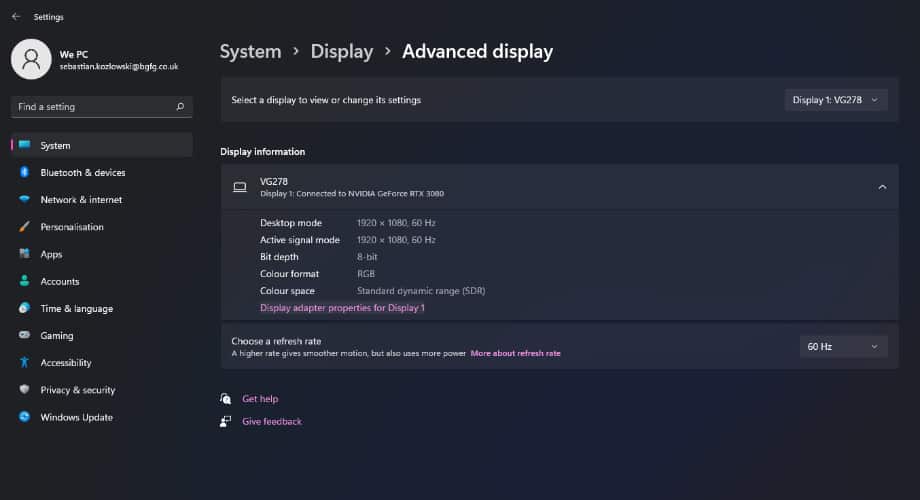
Step
3
Display adapter properties
In the advanced settings you can open the display adapter properties for the display. This will give you all the information you need about your graphics card.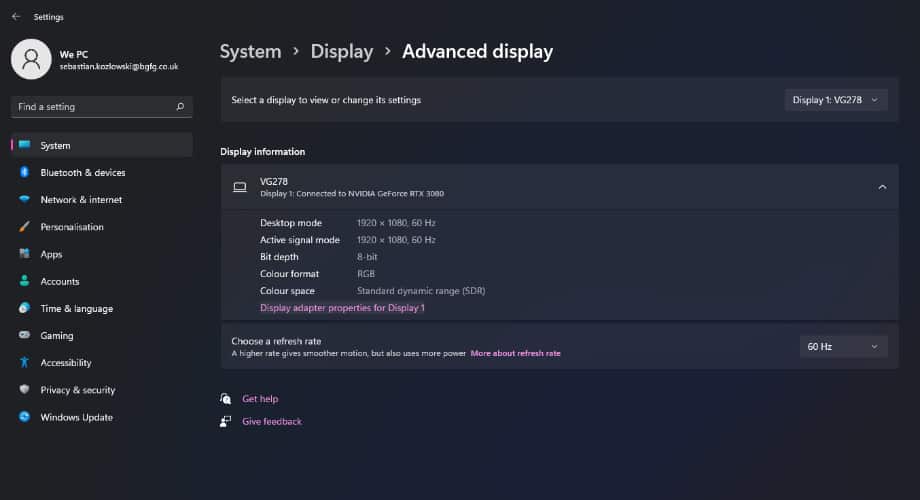
4
DirectX Diagnostic tool
DirectX is a program that works with API of programs to handle the graphics between different components and software. It comes with a diagnostic tool that gives plenty of information on the graphics.
Step
1
Open DirectX diagnostic tool
To open it you can search for “dxdiag” in Windows and run it, or open the run command (with Win+r or by searching it) and search for the same thing to run it.
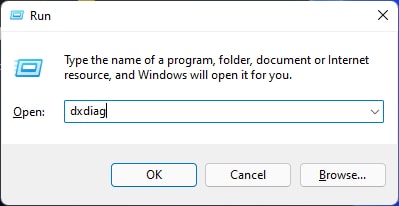
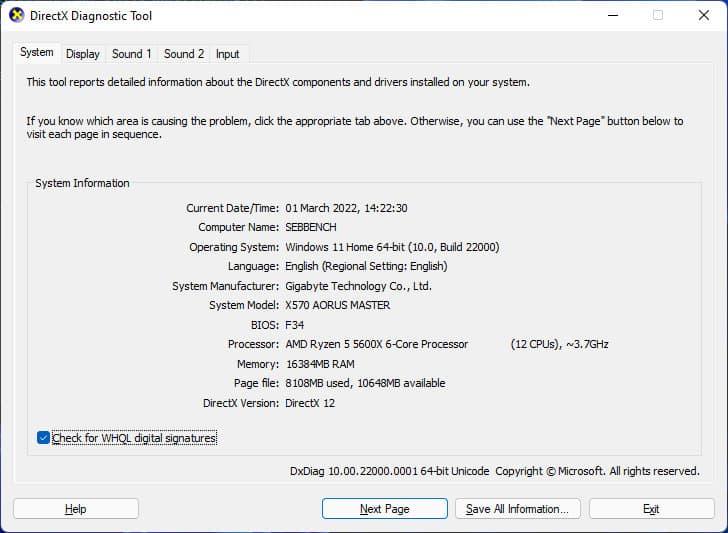
Step
2
DirectX display tab
At the top of the window there is a display tab that will tell you the information of the graphics card in detail.
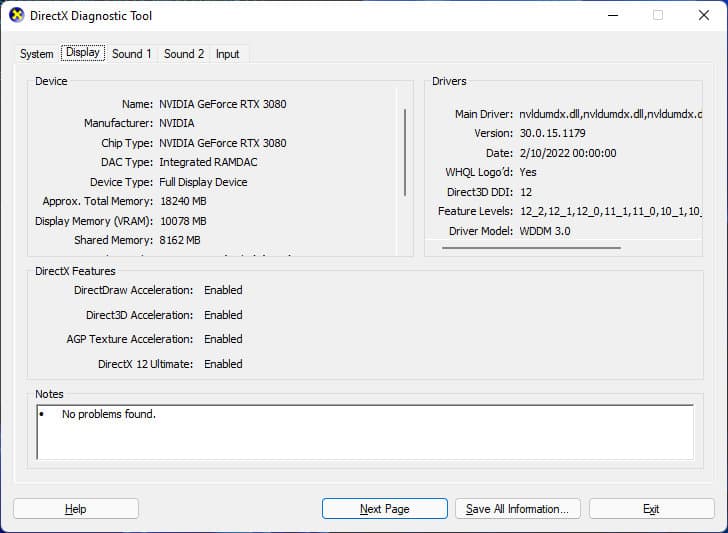
5
Use GPU-Z
For all the information you may need about your graphics card, and checking it isn’t fake download GPU-Z. Then install or run it and it will pick up everything you need.
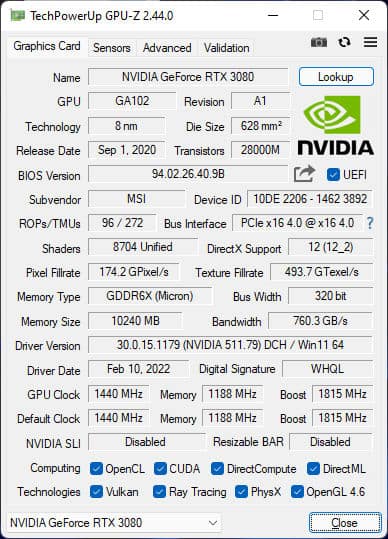
There are all the ways how to check graphics card Windows 11. With this, you can become an expert on what graphics card you own.

